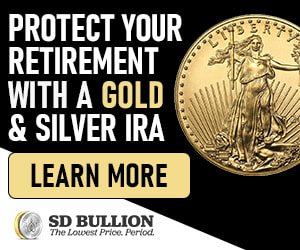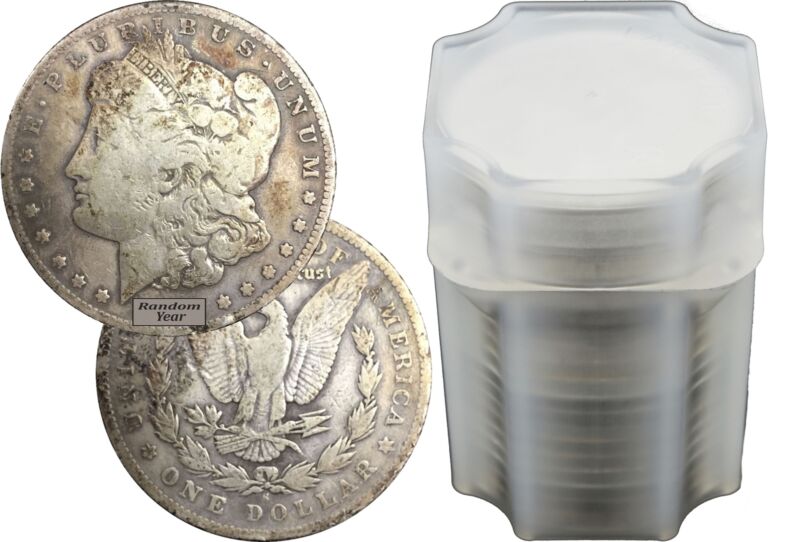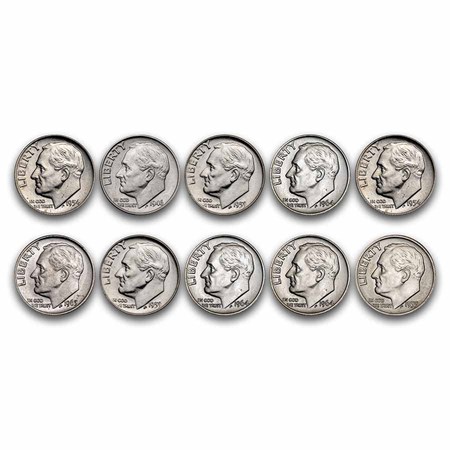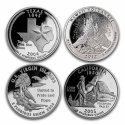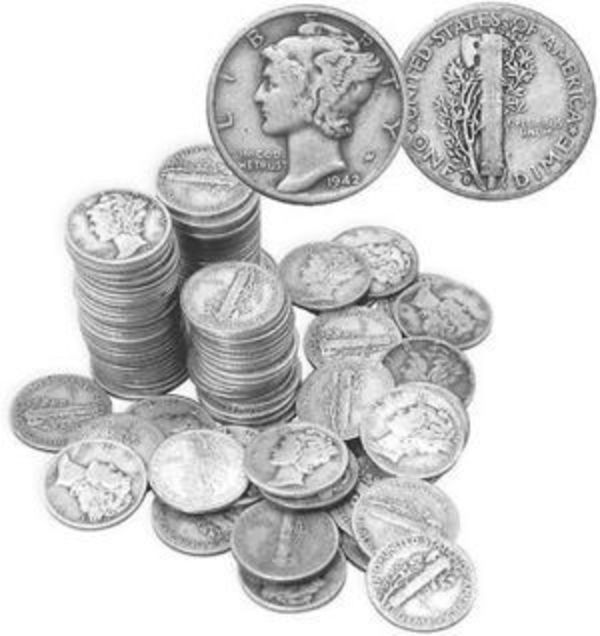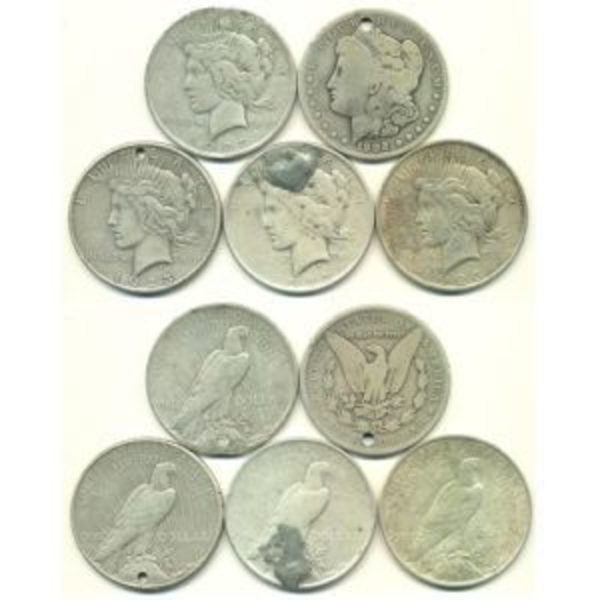1942-1945 Silver War Nickel Melt Value
Determining the current price of silver coins is a straightforward process once you know the silver content of the coin and the current market price, often referred to as the silver spot price.
US Mint Silver Coin Melt Values
| Description | Face Value | ASW | Melt Value | Per $1 Face | Per Bankroll | |
|---|---|---|---|---|---|---|
| Nickel | 1942-1945 "War Nickel" | $0.05 | 0.0563 | $5.26 | $105.22 | $210.45 |
What are War Nickels?
The 1942-1945 "War Nickel" refers to Jefferson five-cent coins made during World War II, featuring a unique silver composition due to the need for other metals for military manufacturing.
Unlike standard Jefferson nickels from this era, which are 75% copper and 25% nickel, war nickels contain 35% silver, 56% copper, and 9% manganese. The change in composition allowed the U.S. government to conserve nickel for war-related uses, particularly in the use of armor for tanks and other vehicles.
History of the Silver Nickel
During World War II, nickel was deemed a strategic material vital to the war effort due to its unique properties, which led to the U.S. Mint modifying the composition of the five-cent coin, known as the "nickel." From 1942 to 1945, the U.S. introduced the "War Nickel" with a new composition: 56% copper, 35% silver, and 9% manganese.
Nickel was indispensable in producing durable, heat-resistant armor and plating that could endure the rigors of combat. Everything from tanks to airplanes, battleships, and even firearms, required nickel-based alloys for strength and corrosion resistance.
The addition of silver made the War Nickels valuable for their intrinsic metal content. The silver price surge of the 1970s led to many of these coins disappeared from circulation.
How to Identify a Silver War Nickel
The easiest way to identify war nickels is by checking the reverse (back) of the coin, above the Monticello building, where you'll find a large mint mark (P, D, or S). This is the only time in U.S. coinage history that the Philadelphia Mint used a "P" mint mark on nickels.
Also, the date of minting will be in the range from 1942 to 1945, though not all of the five-cent coins minted during these years contained silver.
Over time, war nickels tend to develop a dark, almost black patina and grime primarily due to their unique composition. Silver tends to tarnish when exposed to sulfur compounds in the air and moisture. When moisture is present, copper can develop dark green deposits called verdigris.
When combined, these two effects often causes these coins to develop an a dark, almost black, patina.
War Nickel Values
In circulated condition, the value of a complete set of War Nickels, containing one of each of the 11 coins can be valued between $30 and $40. While the same set having the coins in Brilliant Uncirculated condition can be valued around $130 to $150.
In general, these coins are worth melt value unless the coin is in exceptional condition or is a rarity or error coin.
While these coins are relatively liquid, many investors tend to avoid them due to the lower silver content. Additionally, when selling, dealers will typically make an offer than is below spot due the added difficulty in refining these coins and lower demand from buyers.
Key Dates, Rarities and Error Coins
There are no significant key dates in the war nickel series, as most dates are widely available. However, some coins in high grades (especially those with full steps on Monticello) or with errors may carry a premium.
Nevertheless, investors buy War Nickels for their lower premiums and silver content, often finding them cheaper than other denominations of junk silver due to their lower overall silver percentage. Depending on market conditions, some dealers offer to sell war nickels at spot price.
There are no significant key dates in the war nickel series, as most dates are widely available. However, some coins in high grades (especially those with full steps on Monticello) or with errors may carry a premium.
More Collectible War Nickels: War nickels with errors, high-grade coins in Mint State (MS) condition, and examples with Full Steps on the Monticello building are more valuable and sought after by collectors.
Most Valuable War Nickels
The 1943-P Doubled Die is one of the most valuable and famous error coins in the war nickel series. High-grade examples of this variety can fetch significant premiums. Specimens in uncirculated condition are valued from $8 to $12, while high grade certified coins from PCGS and NGC are valued from $40 to $300.
Minting Amounts
War nickels were produced from October 1942 to 1945. During these years, a total of over 870 million five-cent silver coins were minted across the Philadelphia (P), Denver (D), and San Francisco (S) mints.
Breakdown of mintages:
- 1942-P: 57,873,000
- 1942-S: 32,900,000
- 1943-P: 271,165,000
- 1943-D: 15,294,000
- 1943-S: 104,060,000
- 1944-P: 119,150,000
- 1944-D: 32,309,000
- 1944-S: 21,640,000
- 1945-P: 119,408,100
- 1945-D: 37,158,000
- 1945-S: 58,939,000
Why Buy War Nickels
War nickels are an affordable way for investors to buy silver, usually trading at a lower premium than other junk silver coins.
Each 5-cent silver coin contains roughly 1.59 grams of silver. A standard $2 bank roll of nickels contains 40 contains, giving each a total 2.25 troy ounces of silver.
War nickels are cheaper because they have less silver content compared to 90% silver coins like dimes, quarters, or half dollars. Each war nickel contains approximately 0.05626 troy ounces of silver, which is significantly lower than other junk silver coins.
